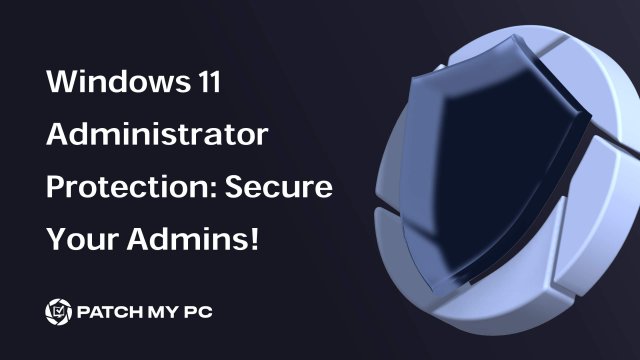
This blog delves into one of the most significant security enhancements in Windows 11 25H2: Administrator Protection. Released with update KB5067036, it replaces traditional admin elevation with a more innovative, isolated model centered around a System-Managed Admin Account.
Goodbye, lingering tokens. Hello, isolated privilege.
The Admin Rights Balancing Act
Admin rights are powerful but risky. Give too many and you risk privilege abuse. Give too few and users can’t work freely. Administrator Protection changes this by granting admin access only when needed.
Instead of permanent admin accounts that always hold elevated rights, Windows now uses a System Managed Admin Account that activates only during elevation. When the task is done, it goes dormant again.
What Makes This Administrator Protection a Game-Changer?
Traditionally, when a user is given admin rights on a Windows device, whether it’s a local account or a Microsoft account, those privileges are always active, making the device an attractive target for attackers. If the account is compromised, attackers can immediately use those rights to install malware or gain even more control over the system.
Enter UAC and the Clark Kent Mode.
Legacy UAC
That’s where the good old User Account Control (UAC) tries to add some protection. When a user with admin privileges signs in, UAC creates a “split token” for the session, this split token divides the user’s identity into two separate parts: a standard user token and an admin token.
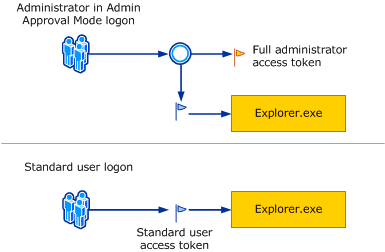
By default, the user operates under the standard token, think of it as being in “Clark Kent” mode. While the admin rights exist in the second token, they stay inactive until an action requiring admin rights is performed.
To activate the admin privileges (switch to “Superman” mode), the user must do something that needs higher permissions, like running a program as an administrator. This triggers a UAC prompt, asking the user to confirm if they want to use their full admin rights. Until the user says yes, those admin powers remain turned off, minimizing the risk if an attacker only gains access to the standard token.
What’s Different with Administrator Protection
But even with UAC’s split token system, attackers can still find ways to bypass it or manipulate the UAC prompt. This is where Administrator Protection changes the game. When enabled, instead of using the regular admin account for elevated actions, Administrator Protection creates a separate, hidden system managed admin account linked to the user but with one major twist: this hidden account only activates when elevated rights are needed.
This means its privileges are inactive until a secure request is made. Once the task is complete, the privileges are locked away again, making it nearly impossible for malicious actors to take advantage of these temporary admin rights. By isolating these admin actions into a separate profile, Administrator Protection provides an extra layer of security, ensuring that even if an attacker gains access to the regular admin account, they can’t misuse the hidden admin privileges.

How Do You Enable It?
Setting It Up with Group Policy:
Open Group Policy Management Console.
Go to Computer Configuration -> Windows Settings -> Security Settings -> Local Policies -> Security Options.
Find the option User Account Control: Configure Type of Admin Approval Mode and set it to Admin Approval Mode With Administrator Protection

Deploying with Intune:
Create a Device Configuration Profile.
Choose Windows 10 and later as the platform.
In the Settings Catalog, search for
User Account Control Type of Admin Approval Mode: “Admin Approval Mode with Administrator Protection”.
User Account Control Behavior Of The Elevation Prompt: “Prompt for consent on the secure desktop”.

Activating Administrator Protection via Account Protection Settings
With the latest Windows KB5067036 2025-10 preview update, being rolled out, we now should have the option to enable the Local Administrator protection from the Account Protection settings

As shown above, we can simply click on the administrator protection feature in the Windows Security Settings. After clicking on the feature, we only need to flip the switch to activate the feature. Easy does it!
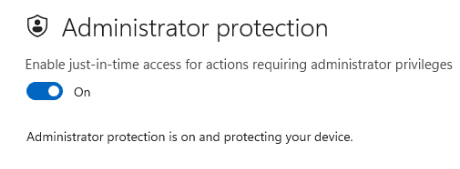
But even with Microsoft mentioning in the release notes of KB5067036 that administrator protection is new… it doesnt work.

The only way to enable it in the 25h2 release is by using the vivetool/stagingtool and enabling the 59275076 (Shadowadmin) and 57048231 (ValAcctest) features.

What Does Administrator Protection Look Like in Action?
When Administrator Protection is turned on (GPO/Intune or Administrator Protection), and you try to run something as a local administrator, you’ll notice a change; instead of seeing the usual User Account Control (UAC) screen, you’ll be greeted by the Windows Security prompt.
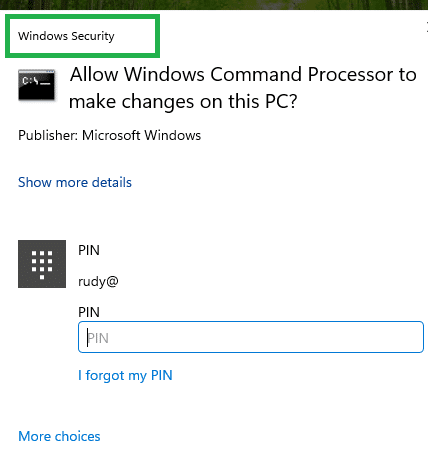
With this visual change, it’s easy to see at a glance when Administrator Protection is active and handling your elevation requests, making security much more transparent and easier to manage for admins and users alike!
This new prompt indicates that Windows is utilizing the System Managed Admin Account to process elevation requests, thereby providing an additional layer of security. It not only enhances the protection for admin tasks but also makes it clear when isolated admin rights are being used, setting it apart from standard UAC prompts.
But how does this magic work?
How Does Administrator Protection Really Work?
When you enable *Administrator Protection, Windows automatically creates a System Managed Admin Account for any user accounts with local admin rights (except for your protected Windows LAPS account. This one is excluded from this feature). This system-managed administrator account remains hidden and inactive until it’s specifically needed. Instead of simply elevating the privileges of the logged-in user, Windows now switches to this separate, isolated admin account to perform the requested action.
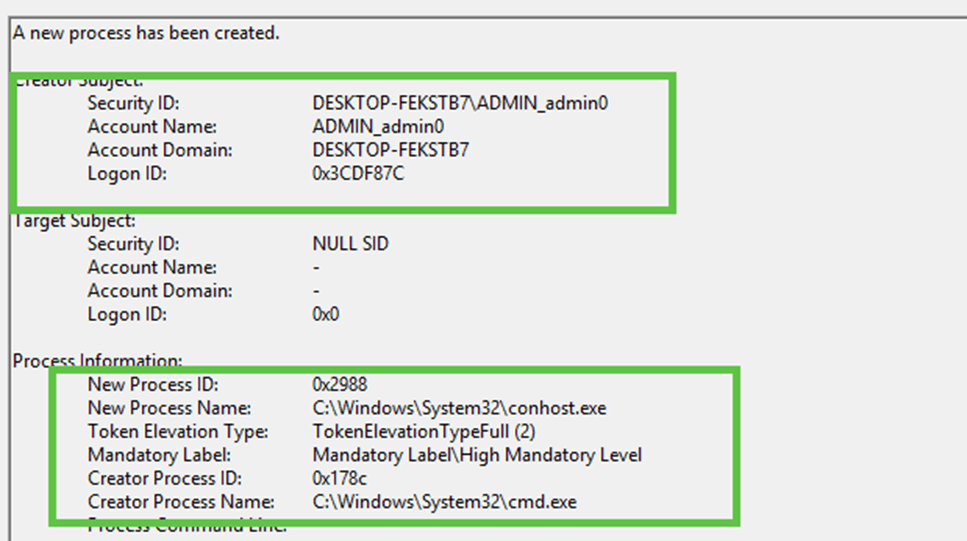

This change ensures that no admin privileges are directly tied to the user’s account, reducing the risk of misuse or exploitation. You can see a detailed breakdown of how this flow works in the illustration below, showing how Windows securely handles elevation requests through this system-managed account rather than the standard UAC process.
*Requirement: Windows Canary Build 27718
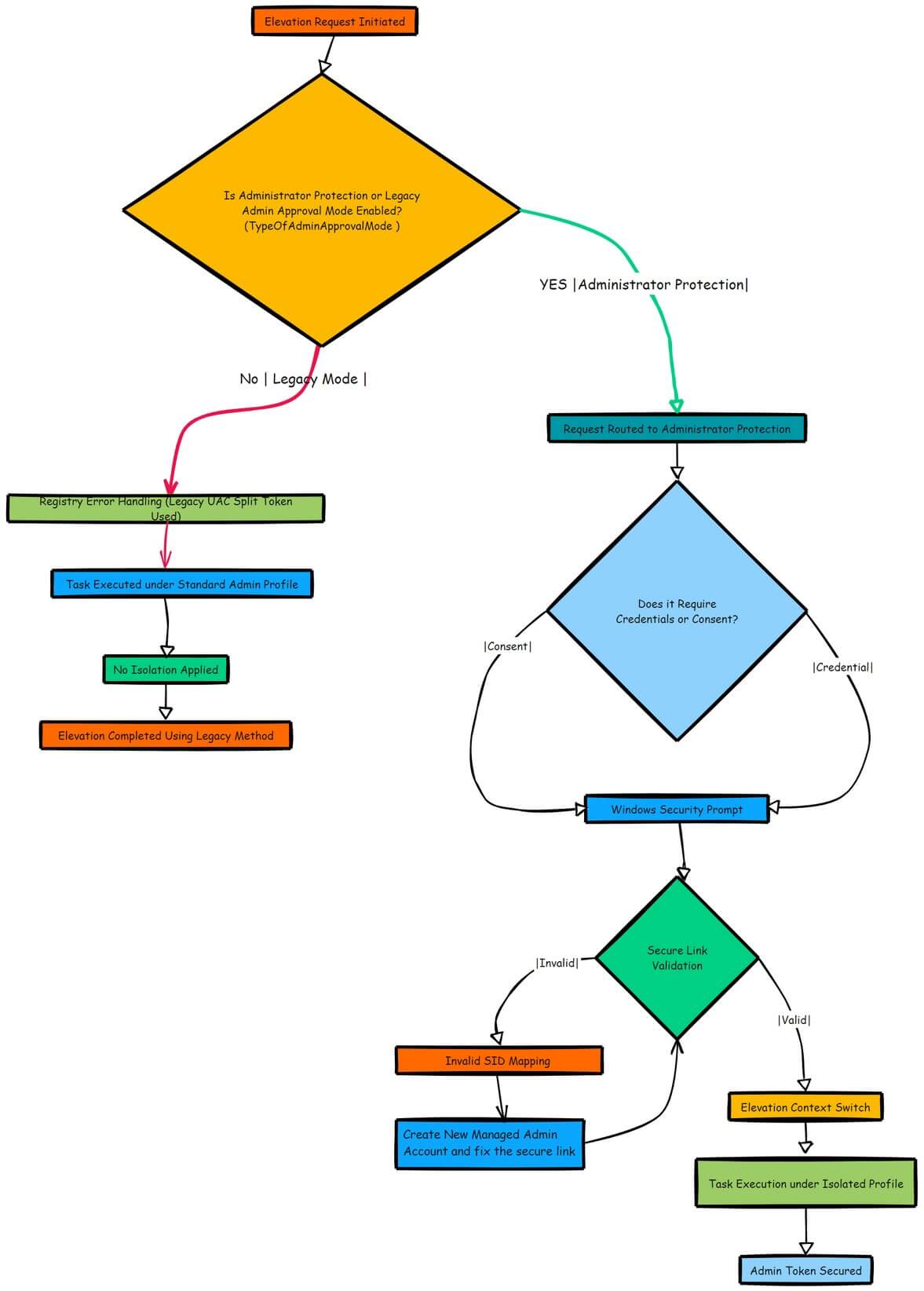
After the elevated task is done, the session ends, and the privileges are immediately revoked. This approach is like turning on a spotlight for a second, just enough to illuminate the task at hand, before plunging everything back into darkness.
Breaking Down the Benefits
Reduces Risk of Privilege Escalation: With the new system-managed account, admin tokens are no longer lingering around for the entire session. Instead, they’re granted just-in-time and only for the exact duration needed, making it much harder for attackers to exploit them.
Minimizes Attack Surface: Attackers can’t target what doesn’t exist. By limiting the active lifespan of these admin privileges, the system minimizes opportunities for malicious actors to gain a foothold.
Stronger Compliance: Enforcing a least privilege model is difficult when admin rights are always active. With Administrator Protection, elevated permissions are only active when required, ensuring you can confidently follow a true “need-to-use” basis for admin access.
Stronger Security
Think of the typical user who has been granted admin rights for maintenance tasks or local troubleshooting. With Administrator Protection enabled, they can still perform these tasks, however, when they elevate a process, the process will be executed in the additional system-managed account.

Even if malware tries to hijack the session, it won’t be able to use those elevated privileges, because the System Managed Admin Account only activates in a controlled manner. This not only helps in stopping lateral movement but also significantly reduces the likelihood of privilege escalation attacks.
Administrator Protection on Windows 11: Watch out for Bugs
Local Administrator Protection is a fantastic step forward in securing admin rights, but it’s not without its challenges. Let’s start with the first issue:
EPM:
If you’re running Endpoint Privilege Management (EPM) alongside it, be prepared for some potential bugs. Combining these two features can create issues you might not see coming from unexpected errors, to blocked privilege elevations. And trust me, there’s more to uncover.
Curious about what might go wrong and how to handle it? I’ve broken it all down in this blog post. Don’t let these surprises catch you off guard!
This was the first issue; let’s move on to the next one.
EN-US: Failed to find MUI file.
Additionally, EPM no longer functioned on the device when Local Administrator protection was activated. Please be aware that if you are NOT using an EN-US Windows Build, you are up for a challenge. This challenge can be more than you hoped for because it will prevent the local administrator from logging in. If you want to know more about how to fix it, please read this additional blog.
Local Administrator Protection: Failed to find MUI File
The Bottom Line: A Safer, Smarter Way to Handle Admin Rights
The introduction of Local Administrator Protection is part of a larger trend of moving away from static and always-on permissions to more dynamic, session-based management of privileges. It’s a major shift that aligns with modern security practices like Zero Trust, where you never trust a device or user blindly.
If you want to know more about how this feature operates behind the scenes, including technical details on session isolation and privilege management within some funny-looking DLL files, check out the detailed technical analysis in this blog post here.
Final Notes
While Administrator Protection in Windows 11 minimizes the risks associated with local admin rights, keeping your software updated and compliant is just as vital. That’s where Patch My PC comes in. By automating patch management and keeping third-party apps secure, Patch My PC complements Administrator Protection perfectly, helping you create a safer and more resilient IT environment.
Ready to elevate your security? Discover Patch My PC’s solutions and simplify your patching strategy today!
